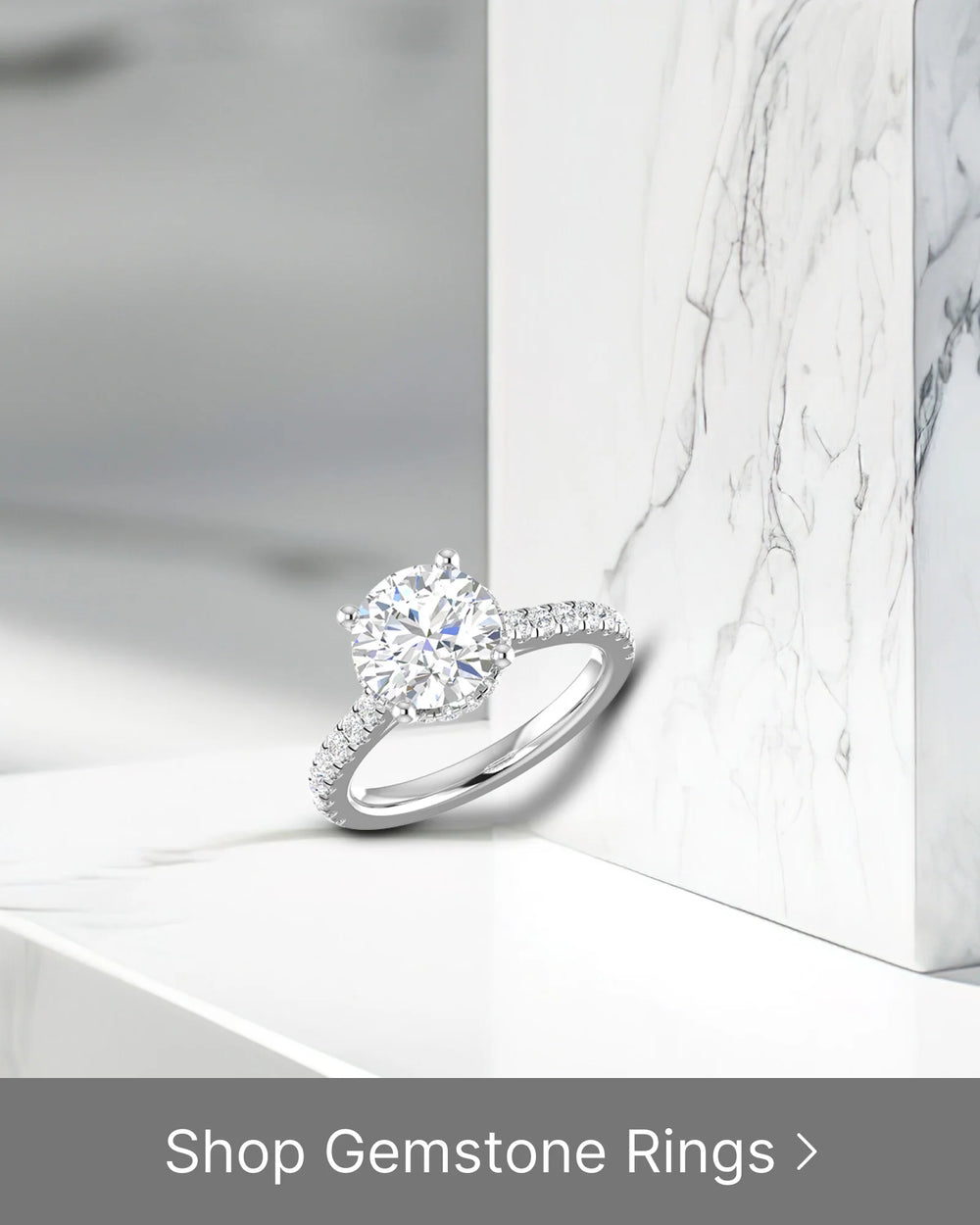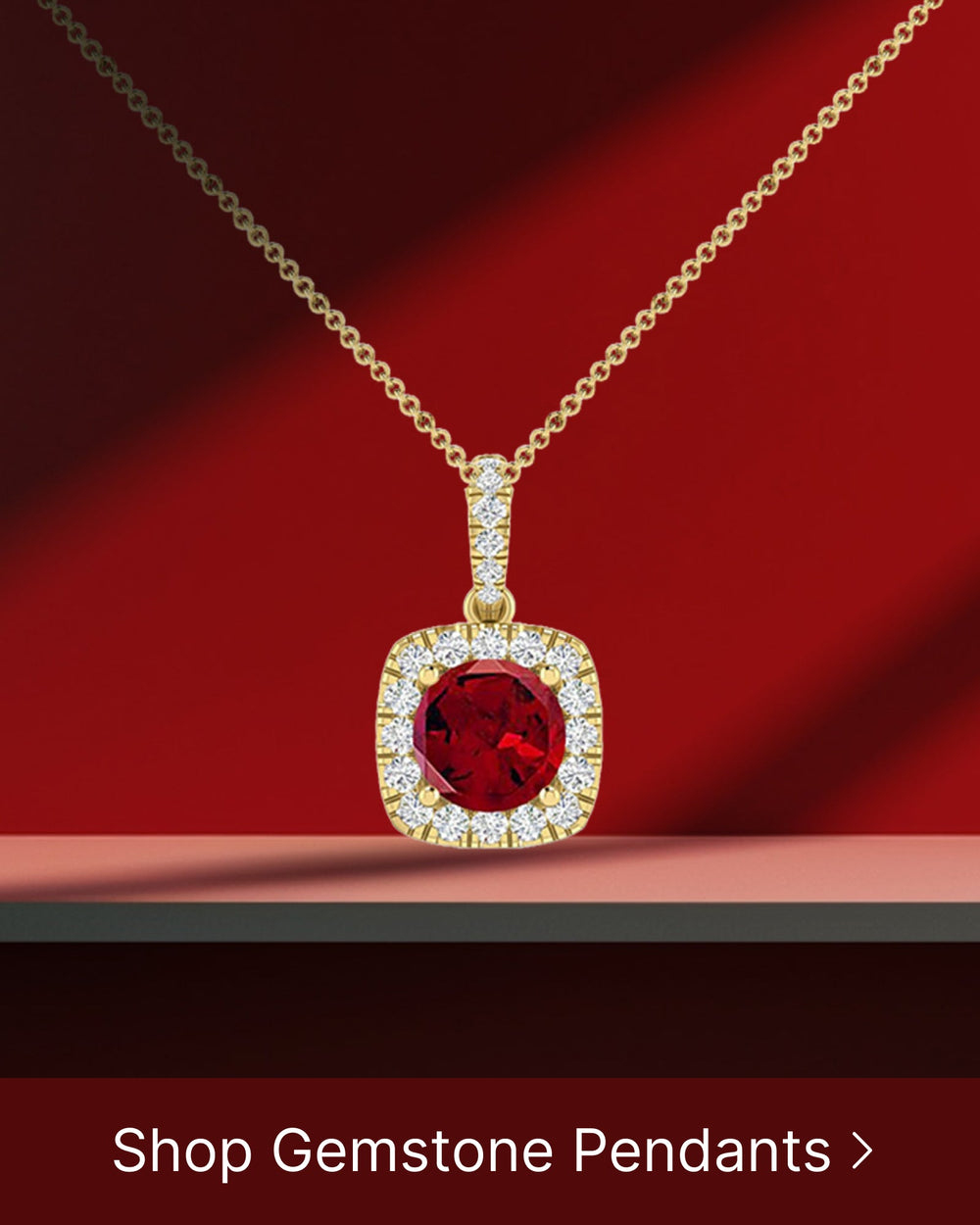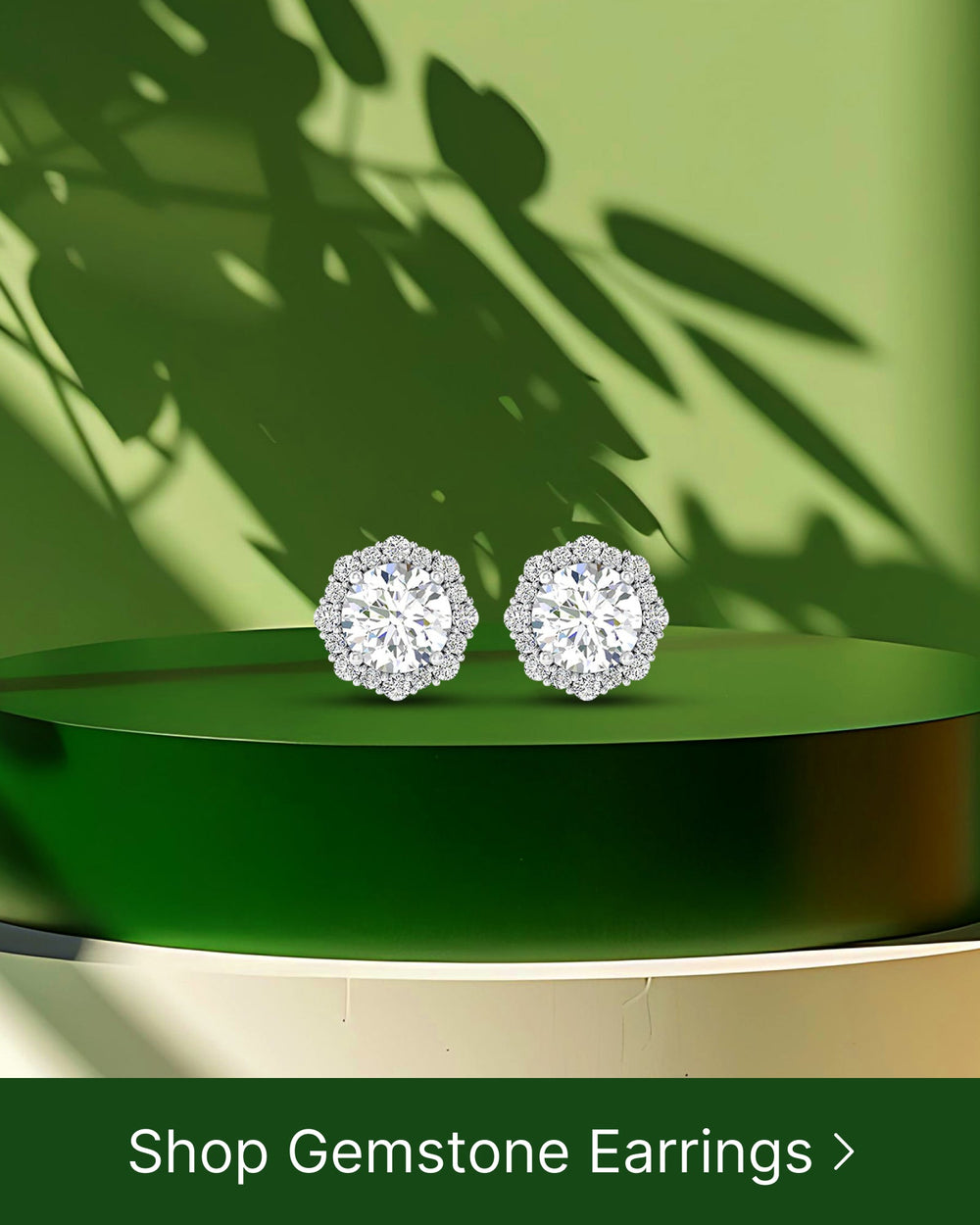Choosing the Perfect Metal for Your Precious Pearls
When it comes to choosing the perfect metal for your precious pearls, there are several factors that you need to consider. The metal selection plays a significant role not only in the overall design of the jewelry but also in the value of your pearls. In this article, we will discuss the importance of metal selection, the different types of metals used in jewelry, factors to consider when choosing metal for pearls, caring for your pearl and metal jewelry, and customizing your pearl jewelry.
Understanding the Importance of Metal Selection
The role of metal in jewelry design cannot be underestimated. The metal not only holds the pearls in place but also adds to the aesthetics of the piece. The choice of metal can drastically change the overall look and feel of the jewelry. It is important to choose a metal that complements the color, luster, and shape of your pearls.
When selecting the metal for your jewelry, you must consider various factors. One important aspect is the durability of the metal. Different metals have different levels of hardness and resistance to wear and tear. For instance, platinum is known for its exceptional strength and durability, making it a popular choice for jewelry that is meant to last a lifetime. On the other hand, gold is a softer metal and requires more care to prevent scratches and dents.
Another factor to consider is the color of the metal. The metal should harmonize with the color of your pearls, creating a visually pleasing combination. For example, if you have white pearls, metals like silver or white gold can enhance their natural radiance. On the other hand, if you have black pearls, metals like yellow gold or rose gold can create a striking contrast, highlighting the unique beauty of the pearls.
The Role of Metal in Jewelry Design
When designing jewelry, the metal serves as a framework that holds and showcases the pearls. The right metal can enhance the beauty of your pearls and make them more visually appealing. It can provide a contrast or a complementary backdrop to the pearls, drawing attention to their natural brilliance.
Furthermore, the design of the metal itself can add intricacy and elegance to the overall piece. Jewelers often incorporate intricate patterns, engravings, or filigree work into the metal, creating a stunning visual effect. These details can elevate the jewelry from a simple accessory to a work of art.
How Metal Affects the Value of Your Pearls
The type of metal used in the jewelry can also impact the value of your pearls. Precious metals such as gold, silver, and platinum are highly valued and can add to the overall worth of your pearl jewelry. These metals are not only prized for their beauty but also for their rarity and scarcity.
Additionally, the purity of the metal can affect the value of your pearls. For example, gold jewelry is often measured in karats, with 24 karat gold being the purest form. The higher the karat, the more valuable the gold. Similarly, silver jewelry is often marked with a purity stamp, indicating the percentage of silver content. The higher the silver content, the more valuable the jewelry.
It is worth noting that the value of your pearls is not solely determined by the metal used. Other factors such as the quality, size, and origin of the pearls also play a significant role. However, the choice of metal can certainly enhance the overall value and desirability of your pearl jewelry.
Different Types of Metals Used in Jewelry
There are various types of metals used in jewelry making, each with its own unique characteristics and properties. Let's explore some of the most commonly used metals:
Gold and Its Varieties
Gold is a popular choice for pearl jewelry due to its timeless appeal. It comes in different varieties such as yellow gold, white gold, and rose gold, each offering a distinct look and feel.
Yellow gold, with its warm and rich hue, has been a favorite among jewelry lovers for centuries. It exudes a sense of luxury and elegance, making it perfect for both traditional and contemporary designs. White gold, on the other hand, has a cool and sophisticated appearance. It is often used as a modern alternative to platinum, giving jewelry a sleek and polished look. Lastly, rose gold has a romantic and feminine charm. Its pinkish hue adds a touch of warmth and delicacy to pearl jewelry.
Silver and Its Allure
Silver is known for its lustrous shine and affordability. It is a versatile metal that pairs well with pearls of any color, making it a popular choice among jewelry enthusiasts.
When it comes to silver jewelry, sterling silver is the most commonly used alloy. It is made up of 92.5% pure silver and 7.5% other metals, usually copper, which gives it strength and durability. Sterling silver jewelry often features intricate designs and details, showcasing the metal's malleability and ability to be shaped into various forms. Its bright and reflective surface enhances the beauty of pearls, creating a stunning contrast between the silver metal and the lustrous gems.
Platinum and Its Durability
Platinum is highly valued for its durability and resistance to tarnish. It is often used in high-end pearl jewelry due to its rarity and superior quality.
Considered one of the rarest and most precious metals, platinum is renowned for its strength and longevity. It is an excellent choice for pearl jewelry that is meant to be cherished for a lifetime. Platinum's natural white color complements pearls beautifully, allowing their natural radiance to shine through. Its hypoallergenic properties make it suitable for those with sensitive skin, ensuring a comfortable and safe wearing experience.
Furthermore, platinum's resistance to corrosion and tarnish makes it an ideal metal for everyday wear. It retains its brilliant shine even after years of use, making it a popular choice for engagement rings and other sentimental pieces of jewelry.
Factors to Consider When Choosing Metal for Pearls
When selecting the metal for your pearl jewelry, there are several factors that you should take into consideration:
The Color of the Pearl
The color of your pearls can play a significant role in determining the metal that complements them best. For example, white pearls often look stunning in yellow gold or white gold settings, while black pearls can be beautifully contrasted with silver or platinum.
When it comes to white pearls, the warm tones of yellow gold can enhance their natural luster and create a classic and timeless look. On the other hand, the cool tones of white gold can provide a modern and elegant setting for white pearls, creating a sophisticated and refined appearance.
For black pearls, the contrast provided by silver or platinum can bring out their unique iridescence and create a striking and dramatic effect. The coolness of silver can accentuate the dark hues of black pearls, while the brilliance of platinum can add a luxurious touch to their already captivating beauty.
The Size and Shape of the Pearl
The size and shape of your pearls can also influence the choice of metal. Delicate pearls may be better suited for lighter metals, while larger pearls can hold their own in bold, statement-making settings.
If you have smaller pearls, such as seed pearls or freshwater pearls, you may want to consider pairing them with lighter metals like sterling silver or white gold. These metals can provide a delicate and feminine setting that complements the dainty nature of smaller pearls.
On the other hand, if you have larger pearls, such as South Sea pearls or Tahitian pearls, you have the opportunity to create a more extravagant and eye-catching piece of jewelry. Metals like yellow gold or platinum can provide a sturdy and substantial setting that allows the pearls to take center stage and make a bold statement.
The Occasion for Wearing the Jewelry
Consider the occasion for which you intend to wear the jewelry. If it's for everyday wear, you may opt for a more durable metal like platinum or gold. For special occasions, you might want to choose a metal that adds a touch of elegance and sophistication.
If you plan on wearing your pearl jewelry on a daily basis, durability becomes an important factor to consider. Platinum, known for its strength and resistance to wear, can be an excellent choice for everyday wear. Gold, particularly 18k gold, is also a popular choice as it combines durability with a luxurious appearance.
For special occasions such as weddings, anniversaries, or formal events, you may want to choose a metal that adds an extra touch of elegance and sophistication to your pearl jewelry. Platinum, with its brilliant white color and exceptional durability, can create a stunning and timeless piece that will be cherished for generations. Alternatively, gold with its warm tones and rich history can evoke a sense of tradition and opulence.
Remember, when choosing the metal for your pearl jewelry, it's important to consider the color of the pearls, the size and shape of the pearls, and the occasion for which you intend to wear the jewelry. By taking these factors into account, you can ensure that your pearl jewelry is not only visually appealing but also perfectly suited to your personal style and preferences.
Caring for Your Pearl and Metal Jewelry
Proper care and maintenance are crucial to ensuring the longevity of your pearl and metal jewelry. Here are some cleaning and maintenance tips:
Cleaning and Maintenance Tips
Regularly clean your pearl jewelry with a soft, lint-free cloth to remove any dirt or oils that may accumulate over time. Avoid using harsh chemicals or abrasive cleaners that can damage the pearls or the metal.
Storing Your Pearl Jewelry Properly
Store your pearl jewelry separately to prevent scratching or tangling. Keep them in a soft pouch or a lined jewelry box to protect them from dust and moisture.
Customizing Your Pearl Jewelry
If you want to add a personal touch to your pearl jewelry, you can consider customizing it with the help of professional jewelers. Here are some options:
Working with Jewelers for Custom Designs
Jewelers can create custom designs that incorporate your pearls into unique, one-of-a-kind creations. Collaborate with them to bring your ideas to life and create a piece that truly reflects your style and personality.
Adding Personal Touches to Your Pearl Jewelry
You can also add personal touches to your pearl jewelry by incorporating birthstones, engraving meaningful symbols or initials, or selecting unique designs that hold sentimental value.
By carefully considering the choices of metal and pearl, as well as properly caring for your jewelry, you can ensure that your precious pearls remain a cherished and beautiful accessory for years to come.





